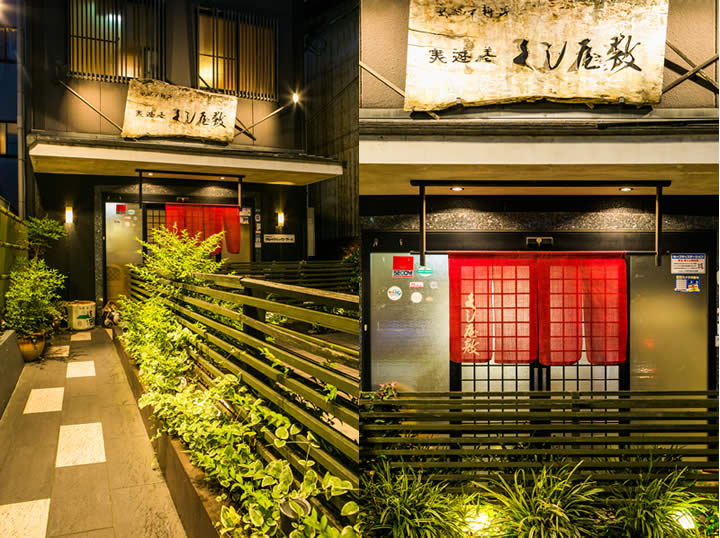Recommended sushi restaurants in Shiga, Japan
-

sushi house
Sushi restaurant in Shiga [SUSHILIVE comment] -


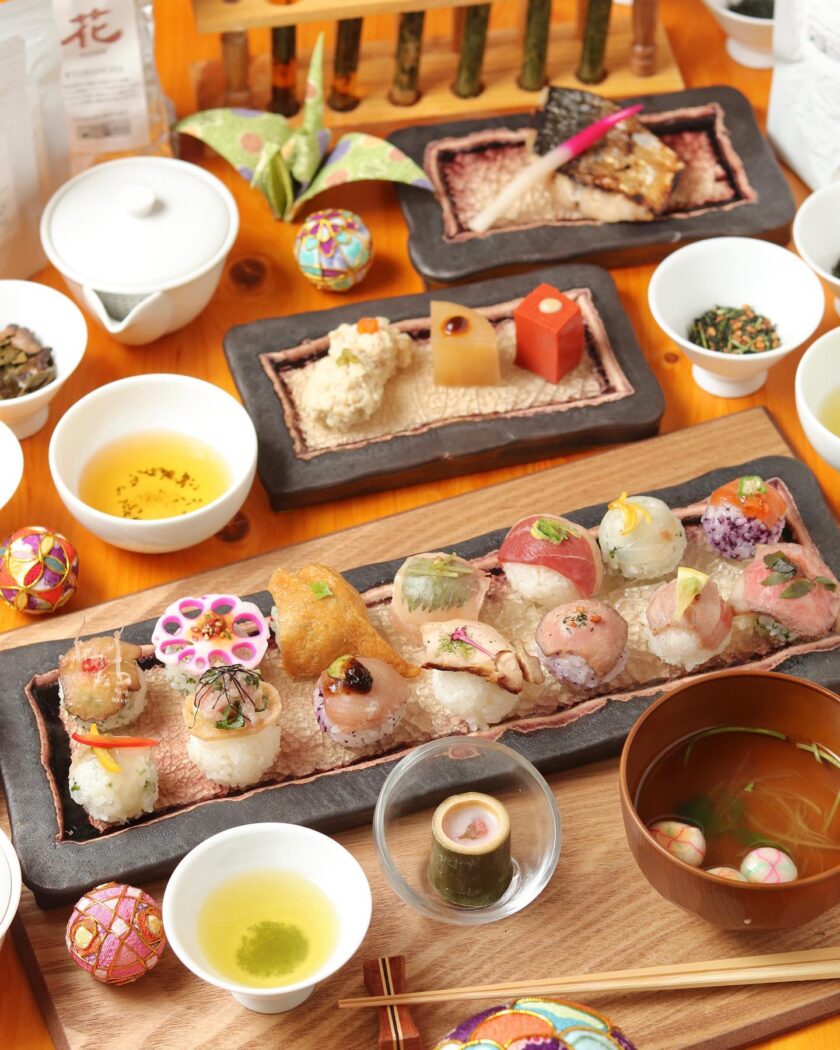
Japanese snowball
Sushi restaurant in Shiga [SUSHILIVE comment] -



Sushiro Seta
Sushi restaurant in Shiga [SUSHILIVE comment] -



Muzoe Kurazushi Otsu Ononohama
Sushi restaurant in Shiga [SUSHILIVE comment] -


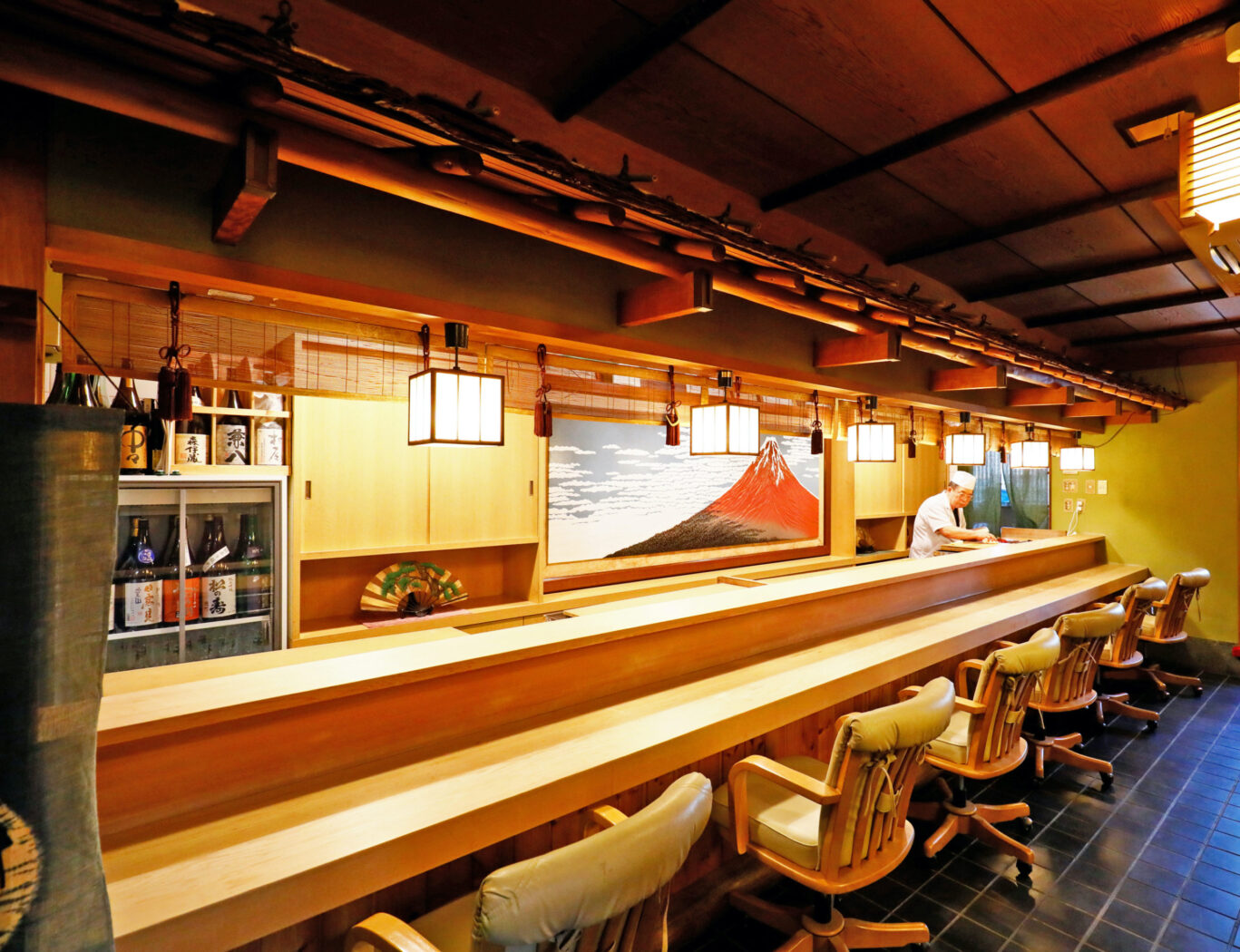
Kyoto Cuisine Sushi Fuji
Sushi restaurant in Shiga [SUSHILIVE comment] -


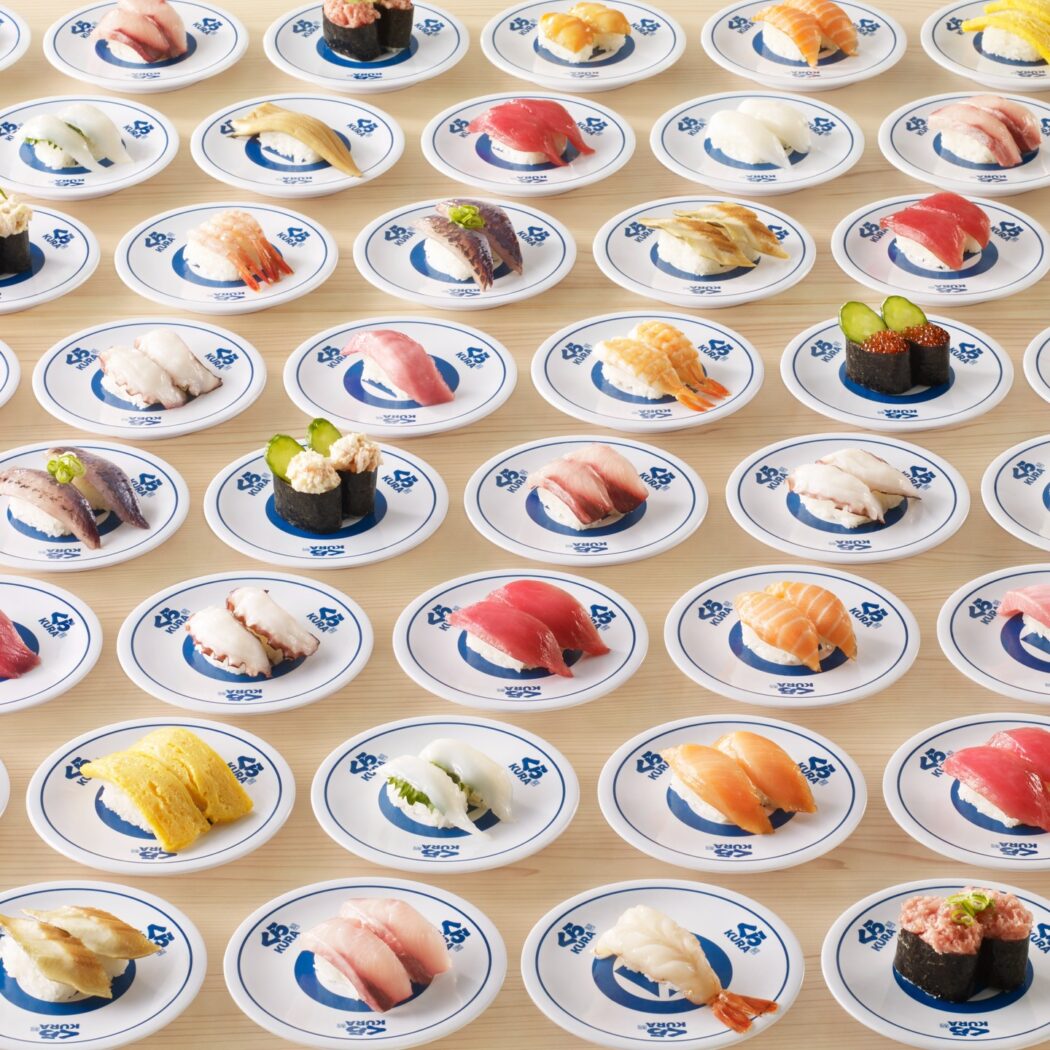
Kurazushi Kenda
Sushi restaurant in Shiga [SUSHILIVE comment] -



Sushiro Otsu Kata Store
Sushi restaurant in Shiga [SUSHILIVE comment] -


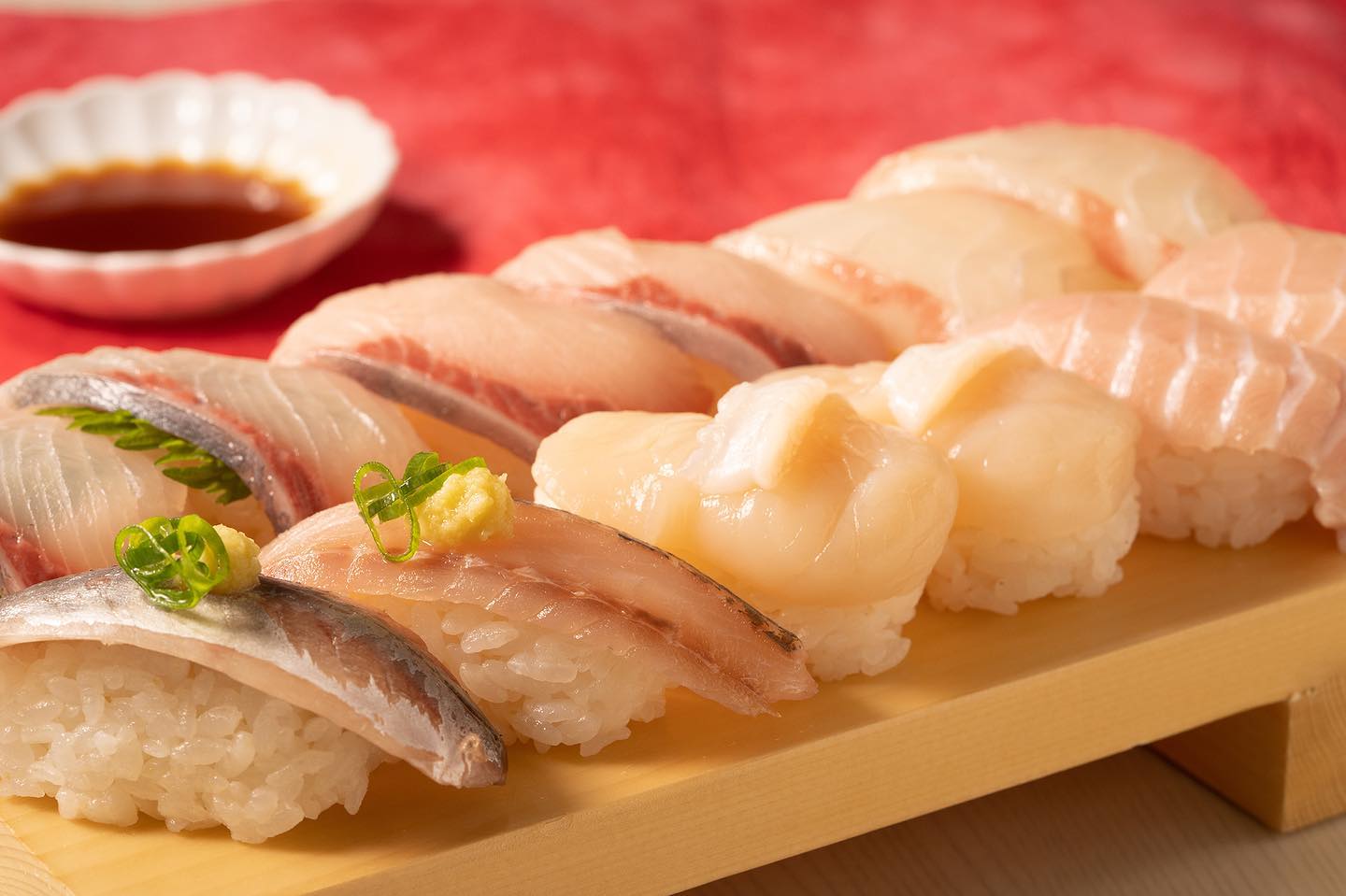
Kappa Sushi Otsu Obanagawa
Sushi restaurant in Shiga [SUSHILIVE comment] -


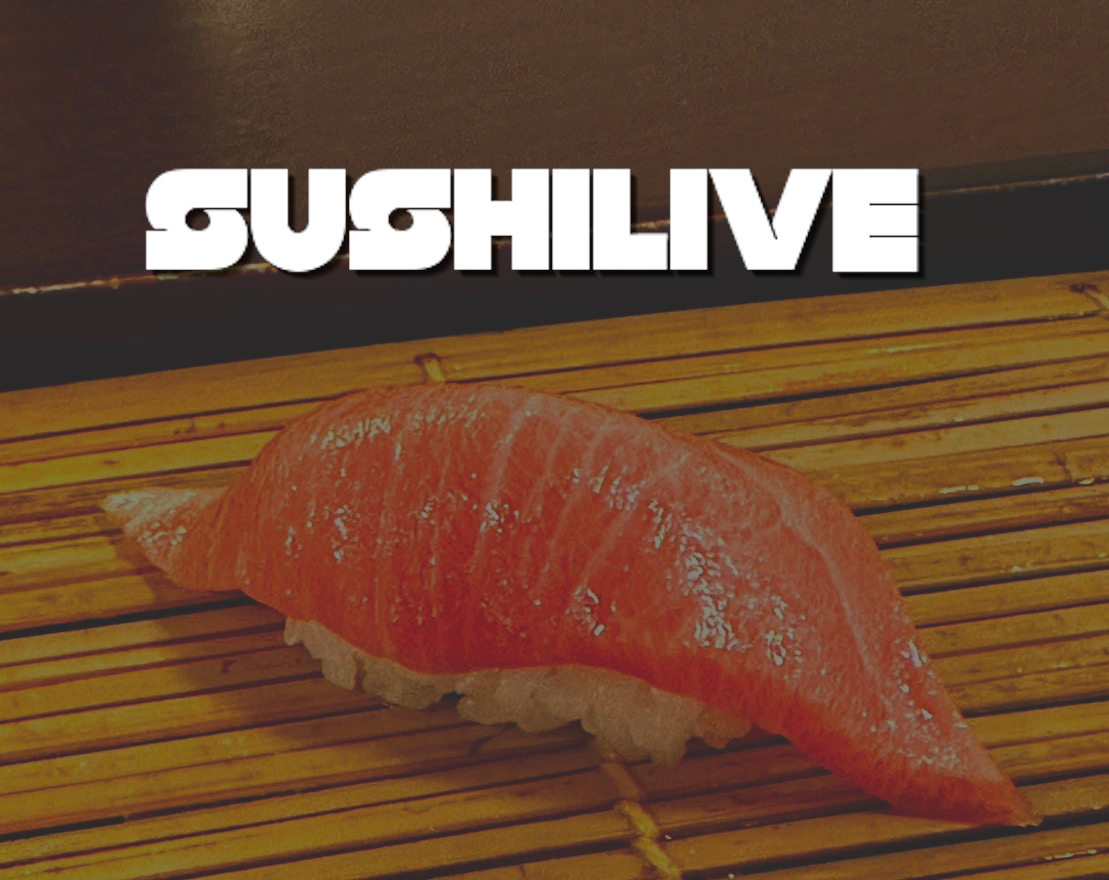
Saba Kaido Hanahisa
Sushi restaurant in Shiga [SUSHILIVE comment] -


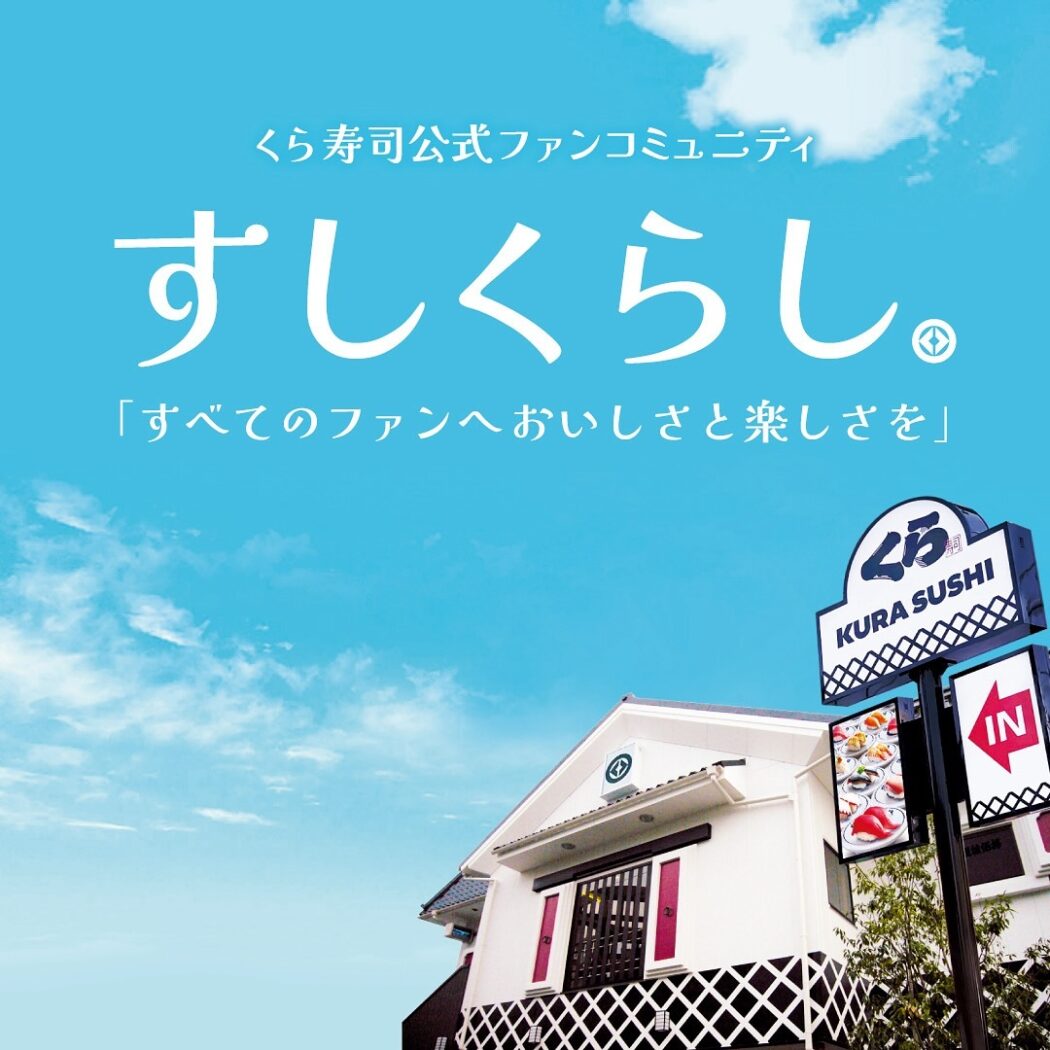
Muzoe Kurazushi Seta
Sushi restaurant in Shiga [SUSHILIVE comment] -


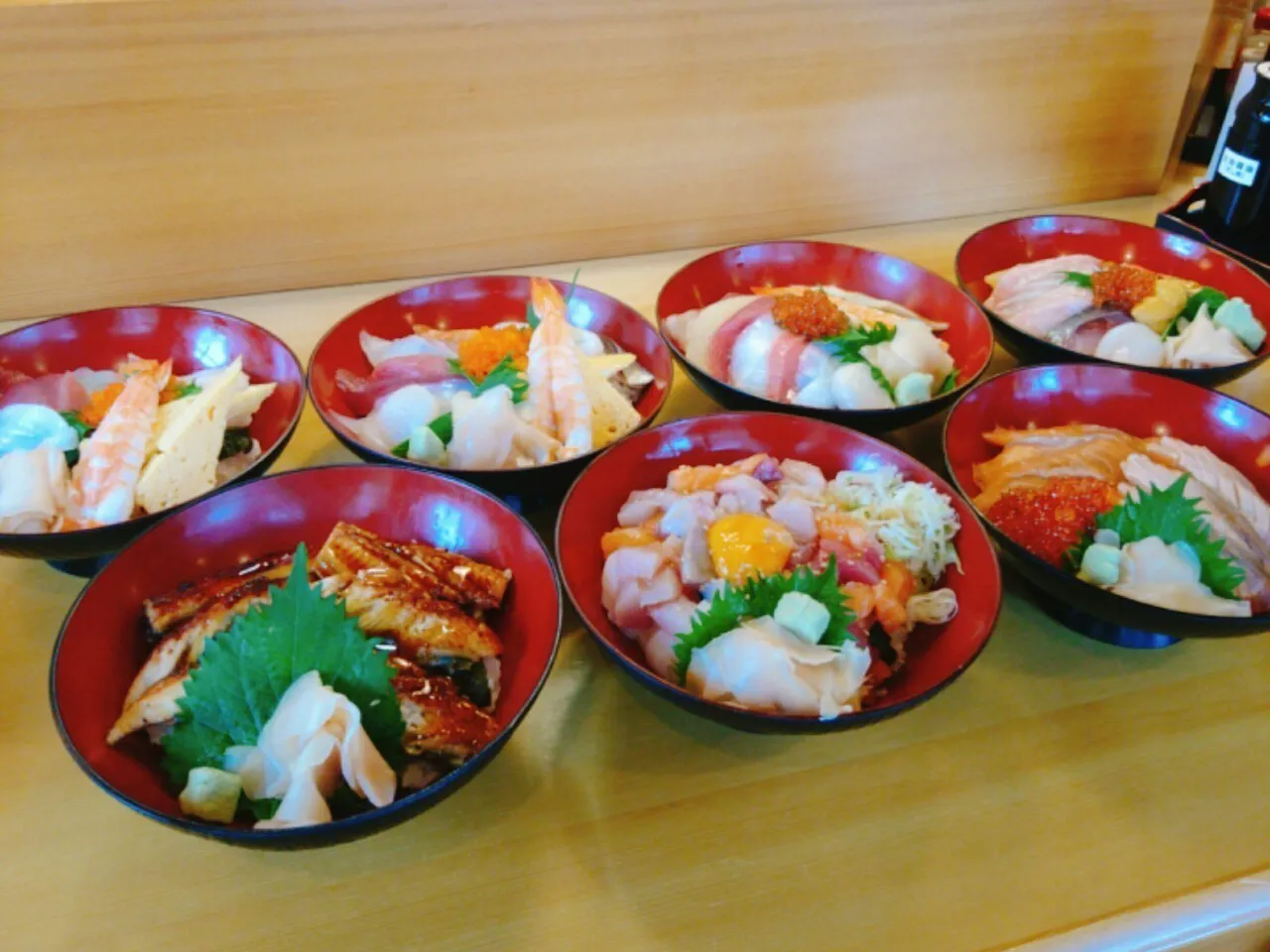
Sushi bar Yadai-zushi Otsu Ekimae-cho
Sushi restaurant in Shiga [SUSHILIVE comment] -


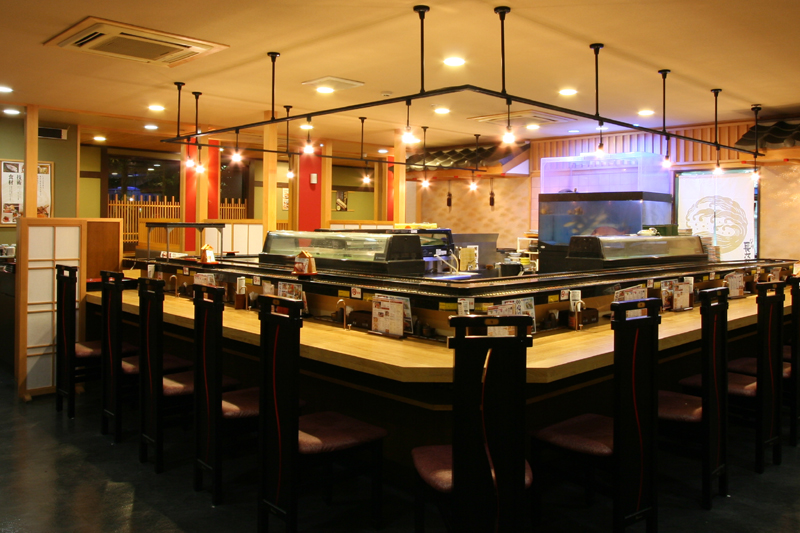
Nigiri Chojiro Zessho
Sushi restaurant in Shiga [SUSHILIVE comment] -


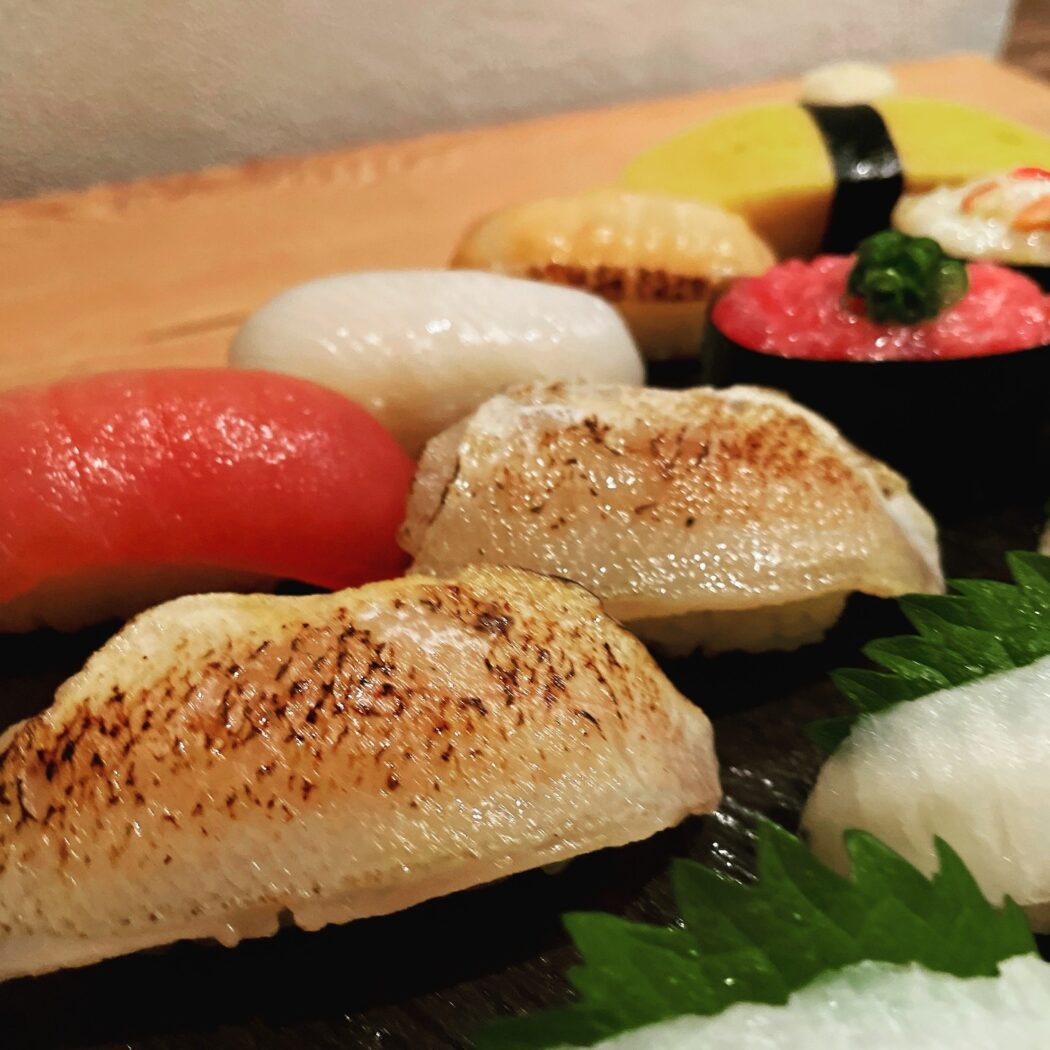
Koso Sushi Nango
Sushi restaurant in Shiga [SUSHILIVE comment] -



Sushi Supper
Sushi restaurant in Shiga [SUSHILIVE comment] -



Yakko-zushi
Sushi restaurant in Shiga [SUSHILIVE comment] -



fan sushi
Sushi restaurant in Shiga [SUSHILIVE comment] -


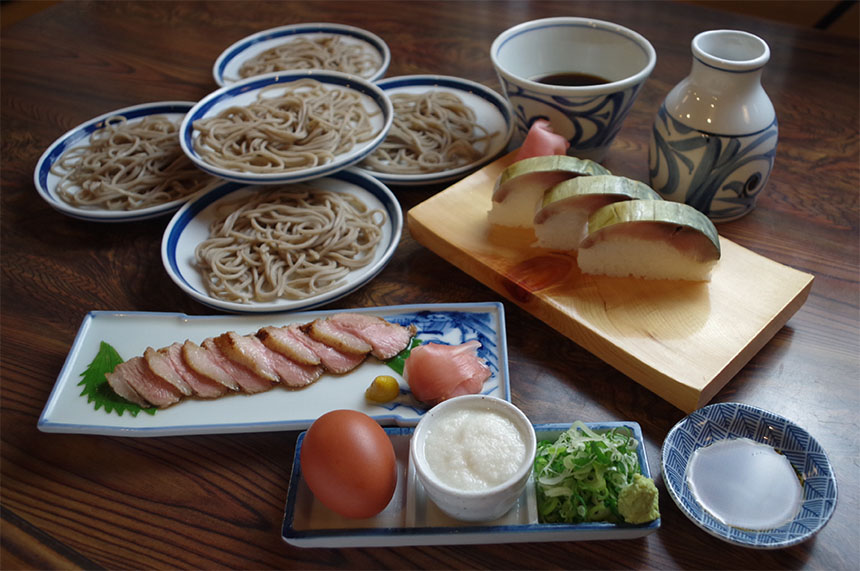
Sara-soba Nagisa-an
Sushi restaurant in Shiga [SUSHILIVE comment] -



Kochoan
Sushi restaurant in Shiga [SUSHILIVE comment] -



Seasona Kohachi
Sushi restaurant in Shiga [SUSHILIVE comment] -



sushi wrapped in fried tofu
Sushi restaurant in Shiga [SUSHILIVE comment] -


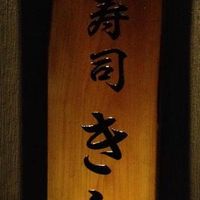
Sushi Kishida
Sushi restaurant in Shiga [SUSHILIVE comment] -



Thousand Stone Slamma
Sushi restaurant in Shiga [SUSHILIVE comment] -


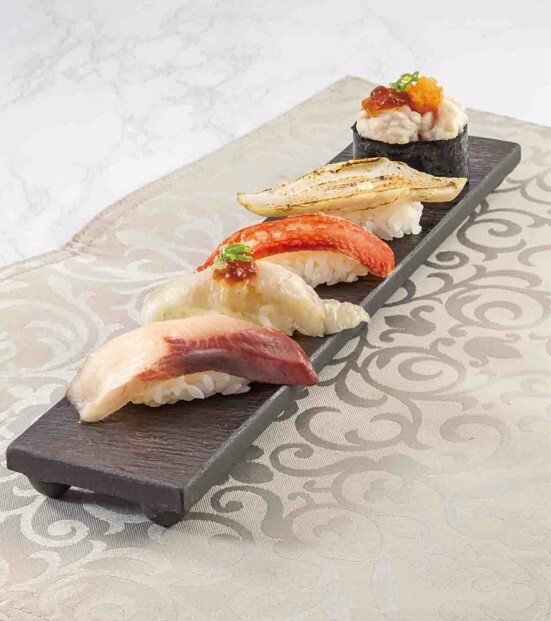
Hakodate Ichiba AEON MALL Kusatsu
Sushi restaurant in Shiga [SUSHILIVE comment] -


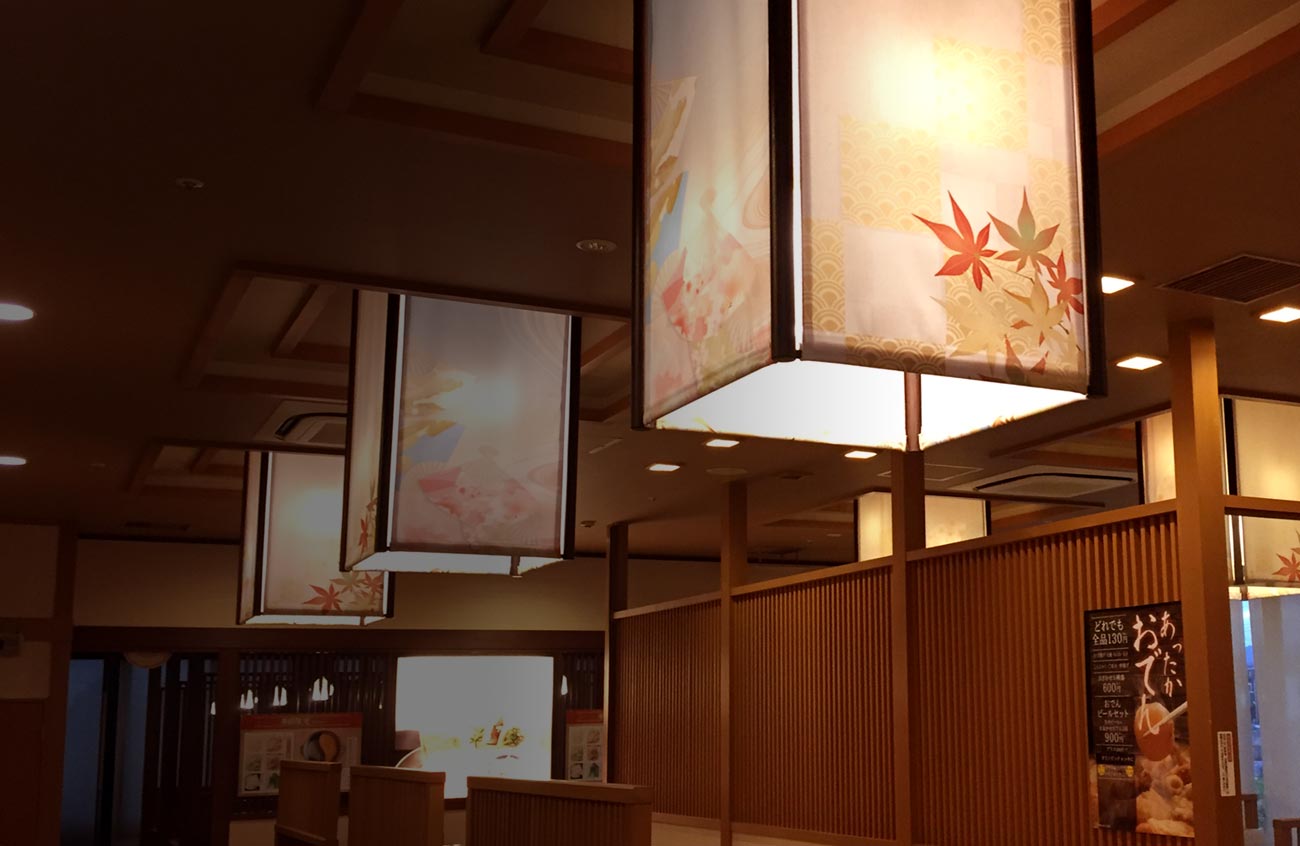
Kusatsu-yu Motosuichun Suichun-tei
Sushi restaurant in Shiga [SUSHILIVE comment] -


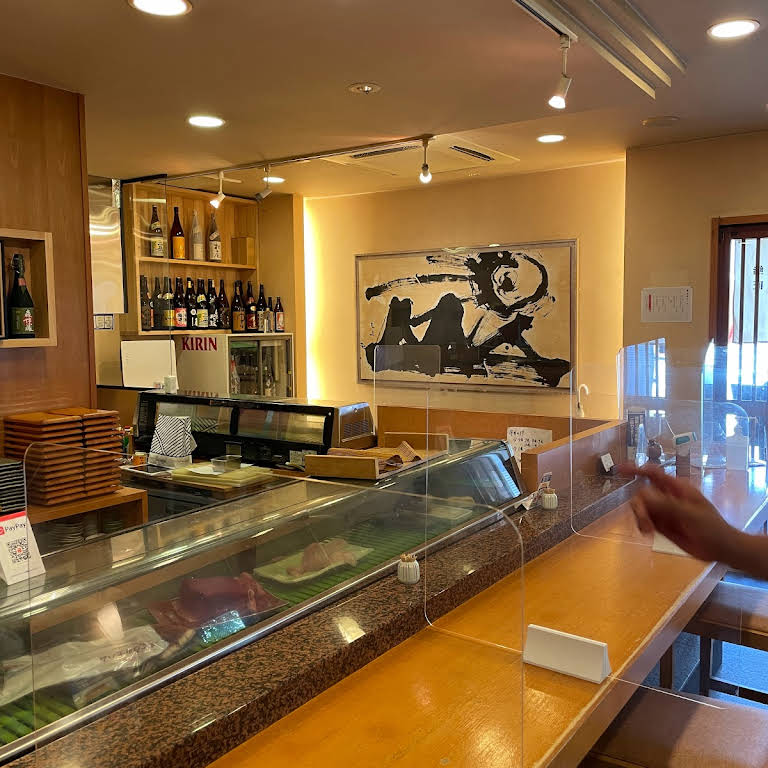
Sushi Sho Imamura
Sushi restaurant in Shiga [SUSHILIVE comment] -


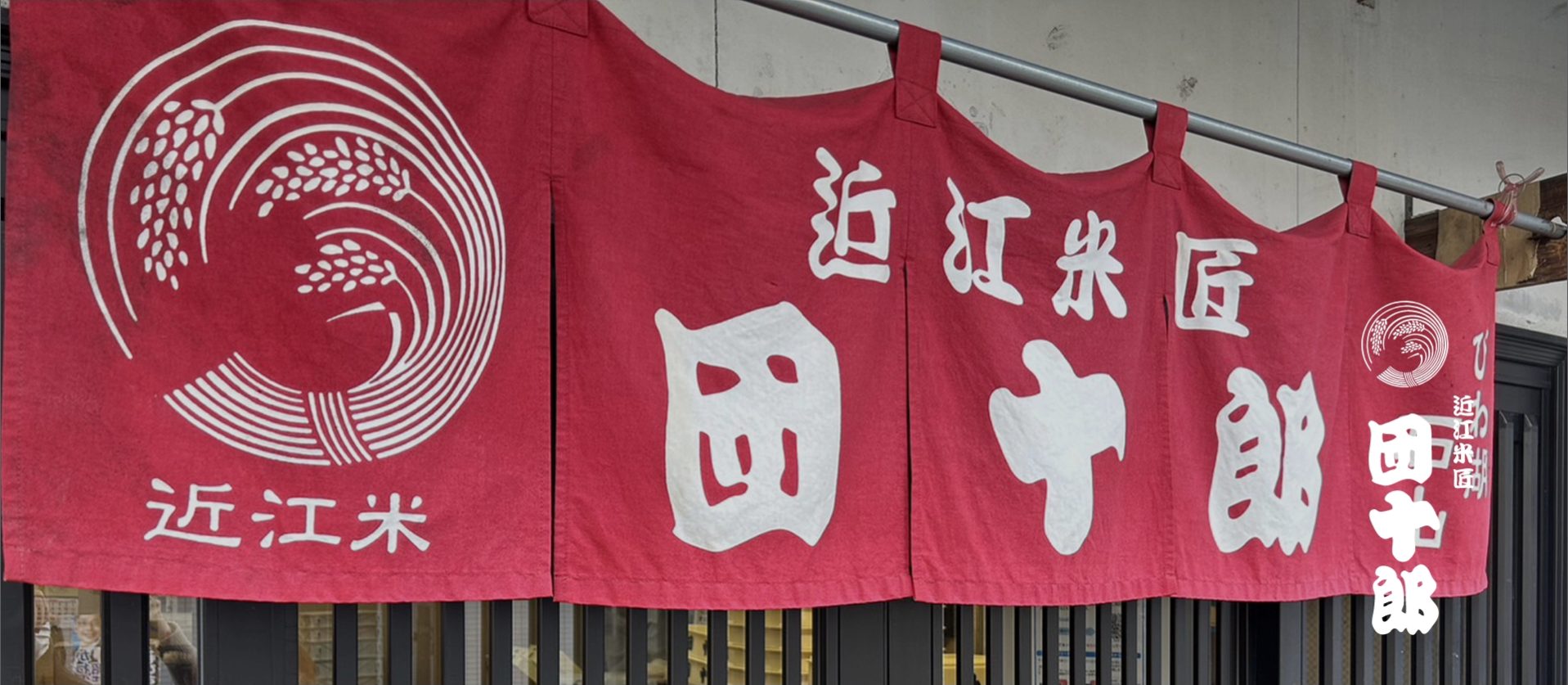
Danjuro
Sushi restaurant in Shiga [SUSHILIVE comment] -



Family Restaurant Hirose Sushimasa
Sushi restaurant in Shiga [SUSHILIVE comment] -



Harmony
Sushi restaurant in Shiga [SUSHILIVE comment] -



type of sushi with vinegared fish and rice lightly seasoned with vinegar, sugar and salt
Sushi restaurant in Shiga [SUSHILIVE comment] -



Japanese apricot
Sushi restaurant in Shiga [SUSHILIVE comment]
Recommended conveyor belt sushi restaurants in Shiga, Japan
-


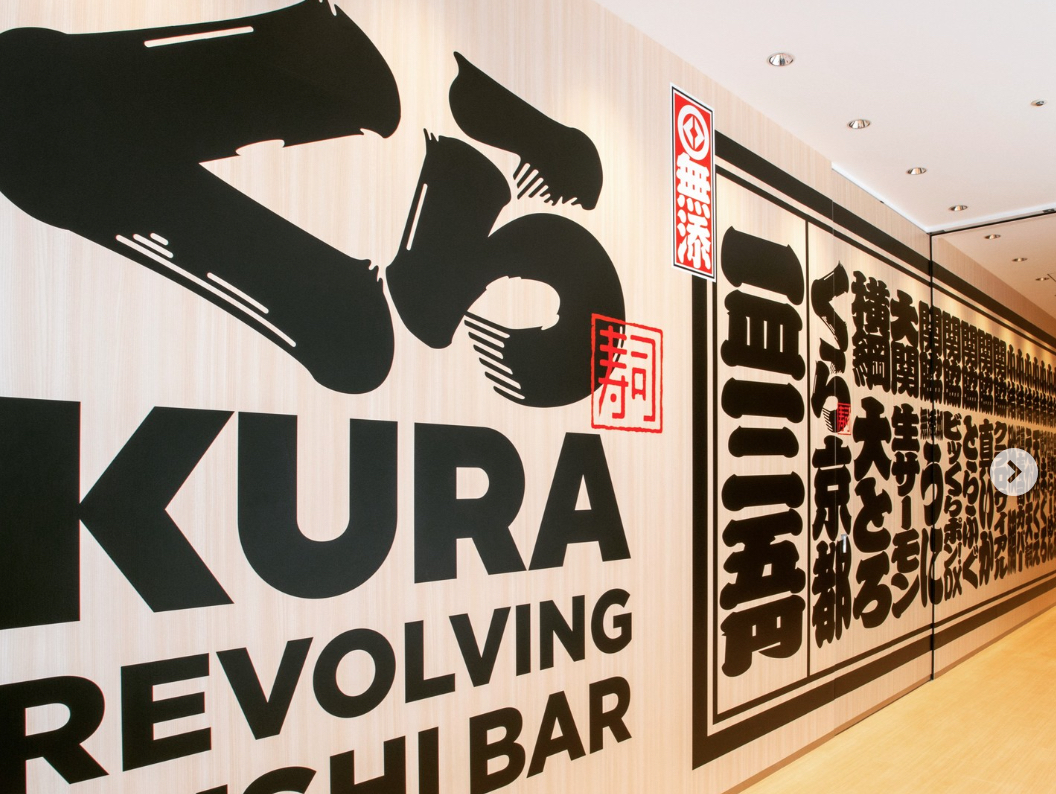
Kura Sushi Nitori Omihachiman
Sushi restaurant in Shiga [SUSHILIVE comment] -


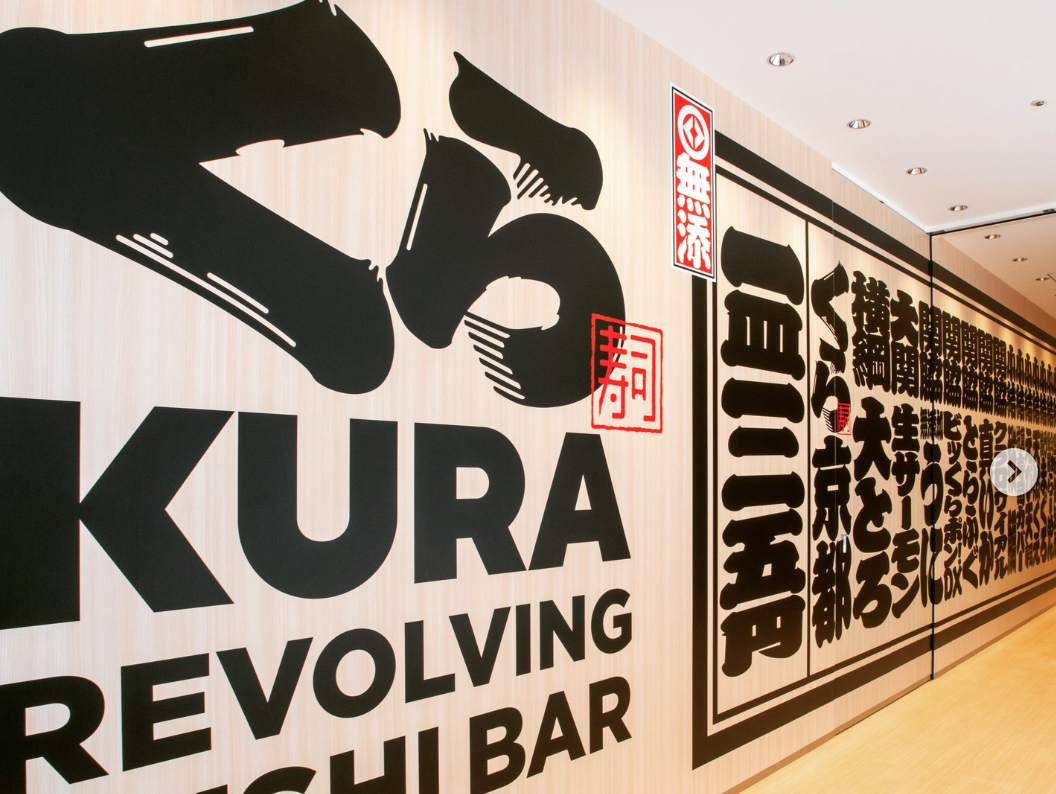
Kura Sushi Toyosato Store
Sushi restaurant in Shiga [SUSHILIVE comment] -


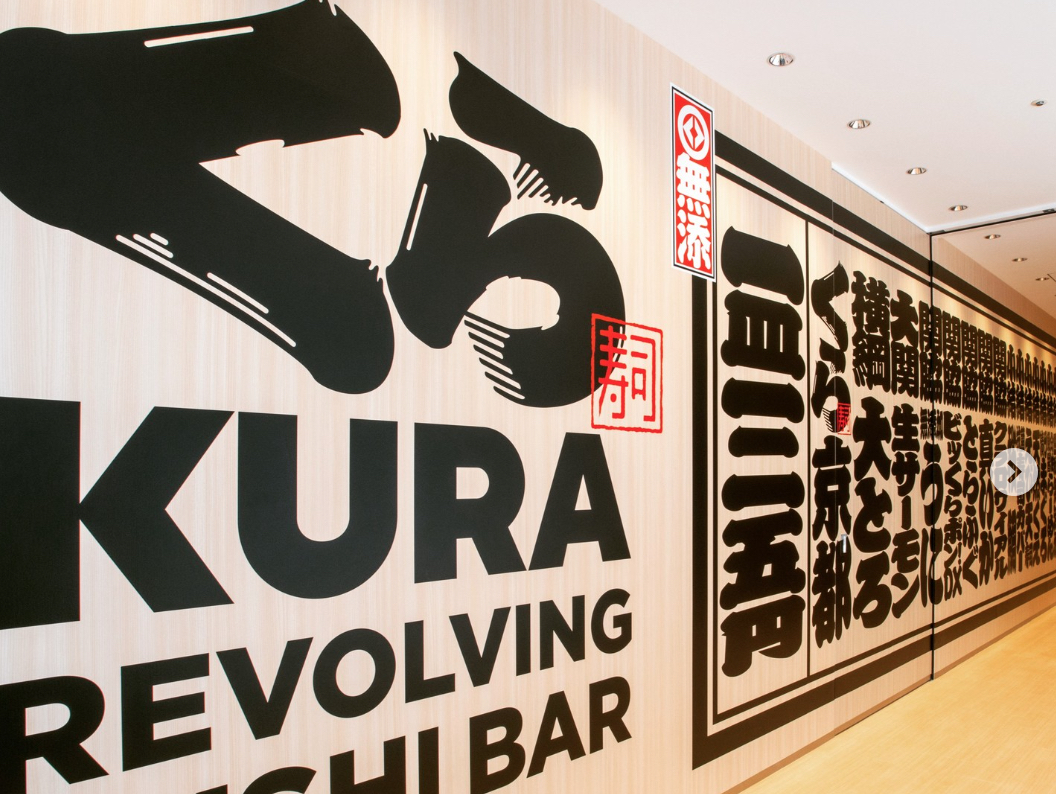
Kura Sushi Nitori Koga Shukou
Sushi restaurant in Shiga [SUSHILIVE comment] -


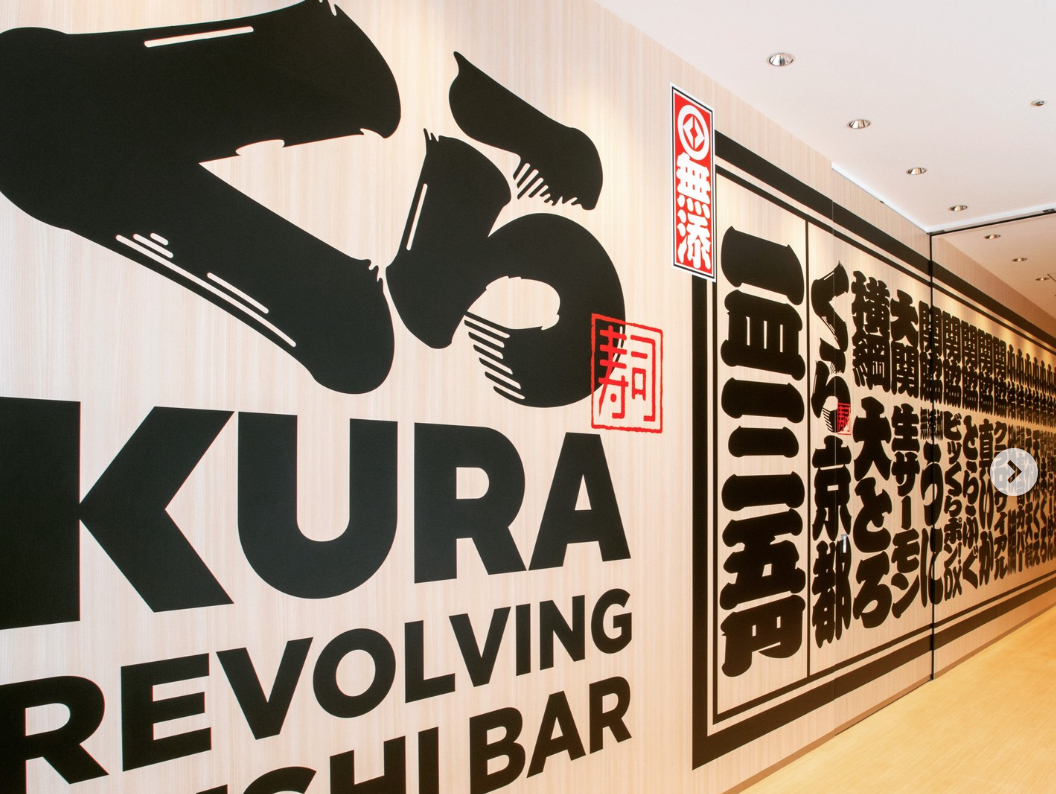
Kura Sushi Kusatsu Nomura Branch
Sushi restaurant in Shiga [SUSHILIVE comment] -


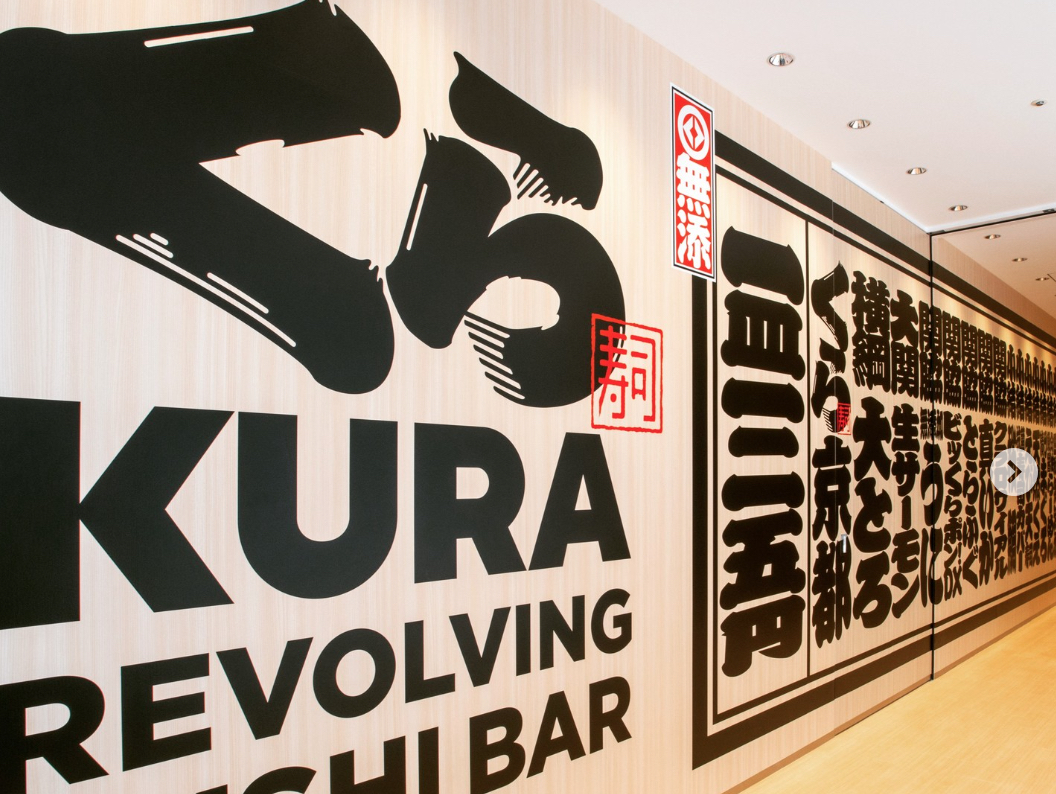
Kura Sushi Otsu Ononohama Store
Sushi restaurant in Shiga [SUSHILIVE comment] -


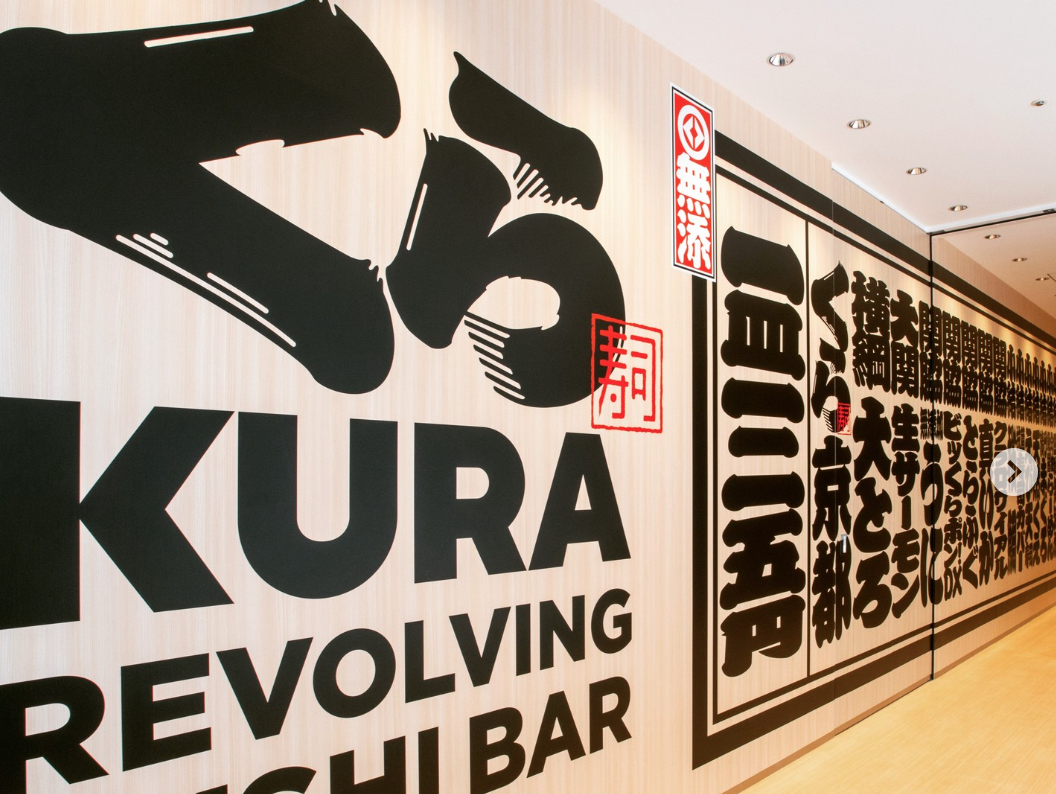
Kura Sushi Nitori KENDA
Sushi restaurant in Shiga [SUSHILIVE comment] -


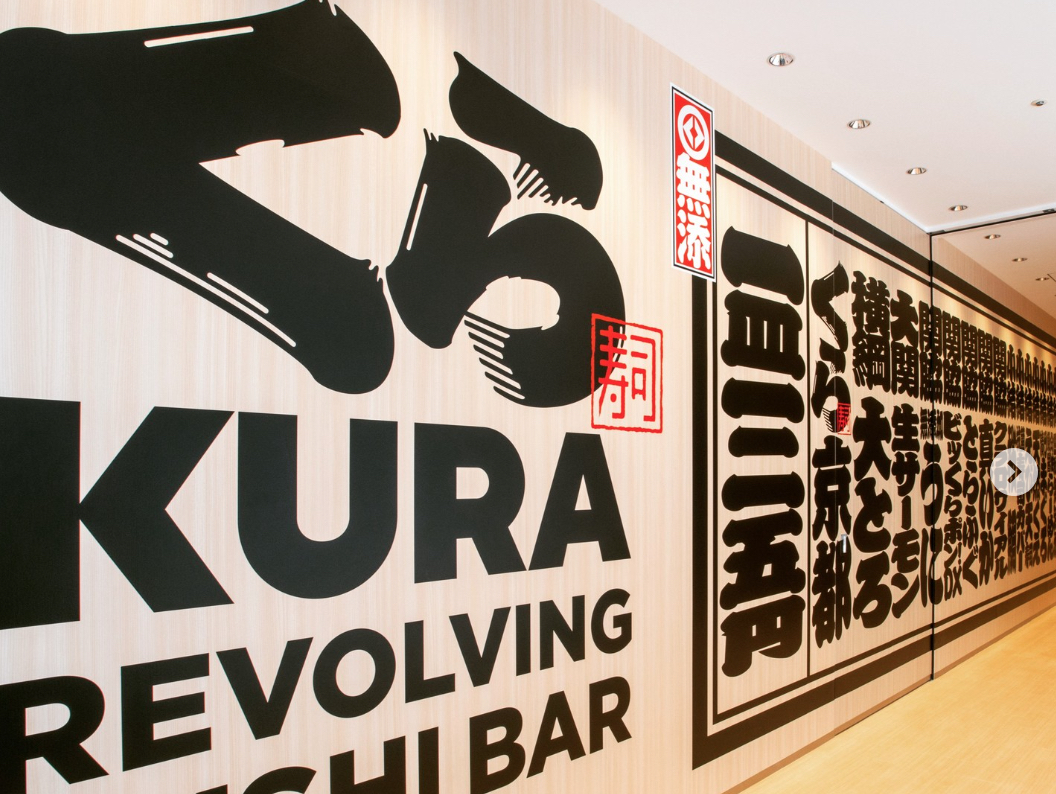
Kura Sushi Seta Store
Sushi restaurant in Shiga [SUSHILIVE comment] -


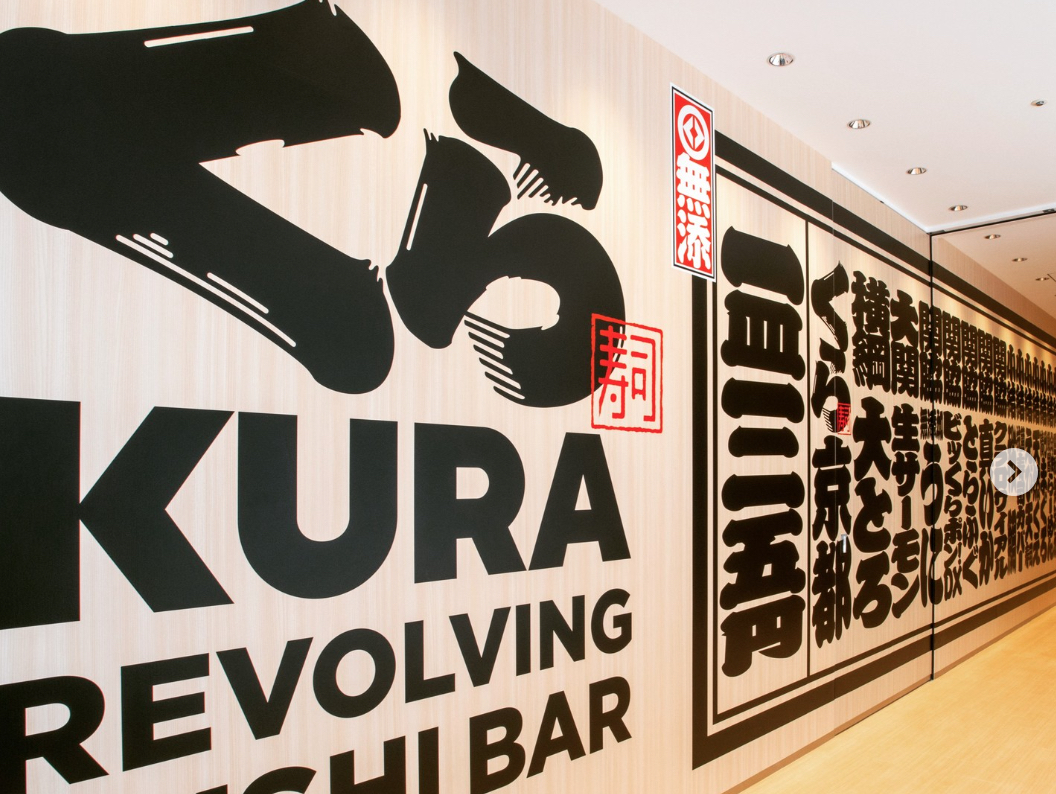
Kura Sushi Nitori Hikone
Sushi restaurant in Shiga [SUSHILIVE comment] -


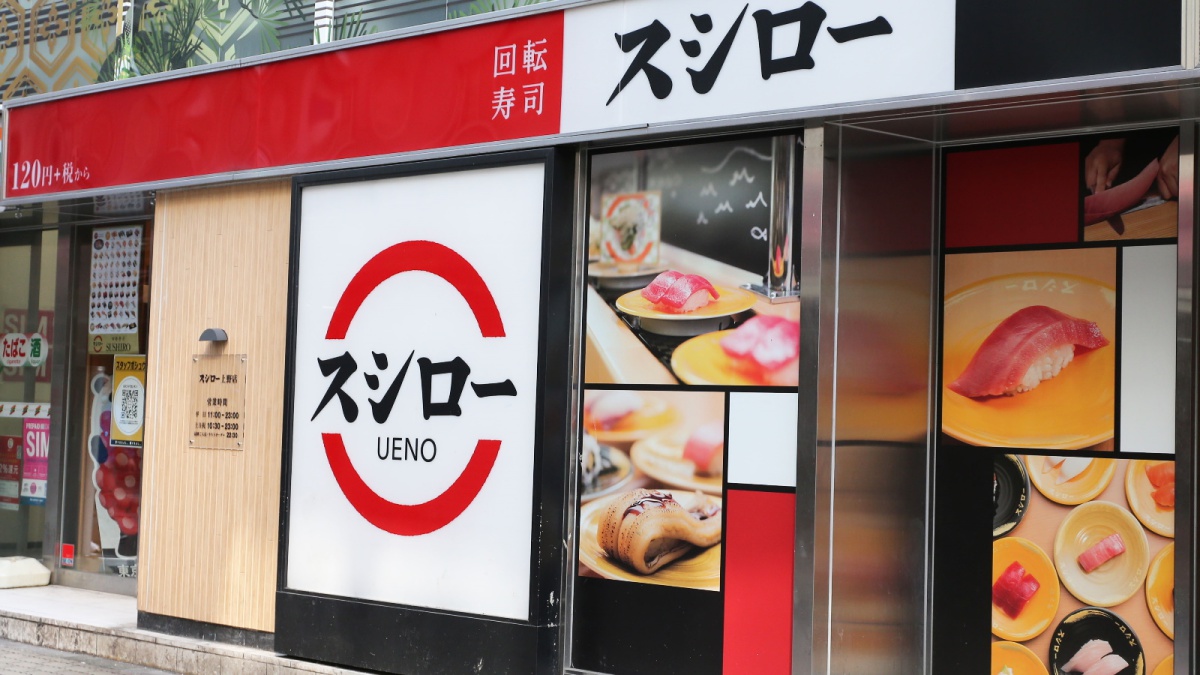
Sushiro drainage outlet
Sushi restaurant in Shiga [SUSHILIVE comment] -


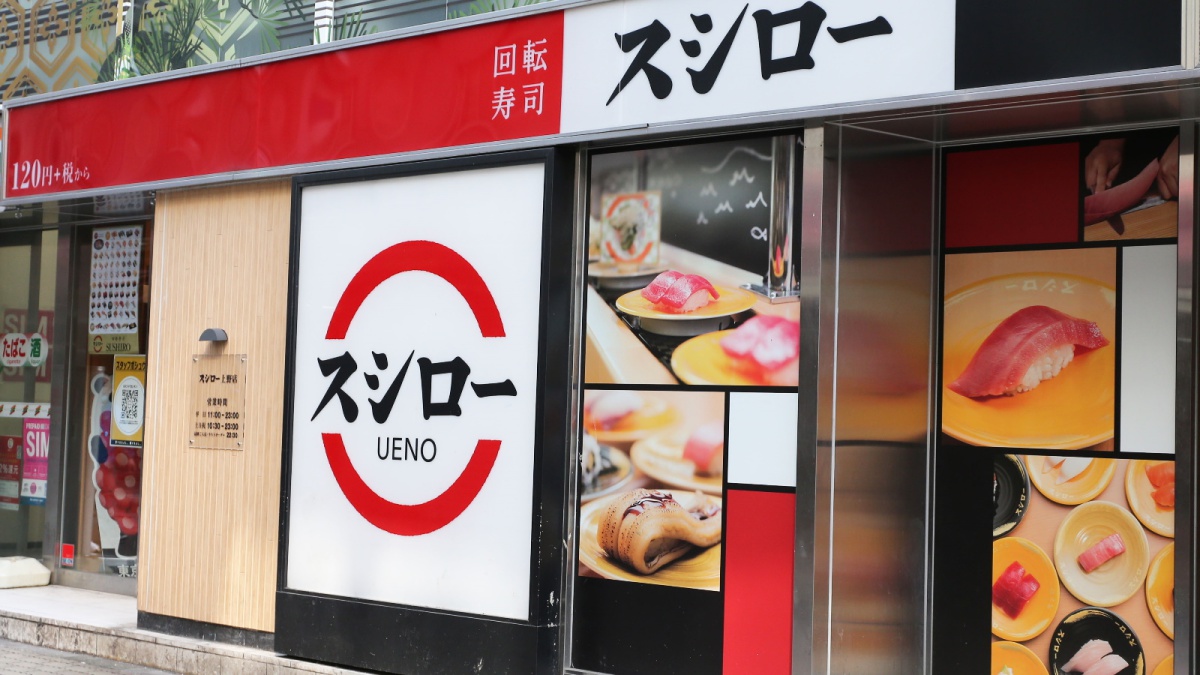
Sushiro Otsu Kanda
Sushi restaurant in Shiga [SUSHILIVE comment] -


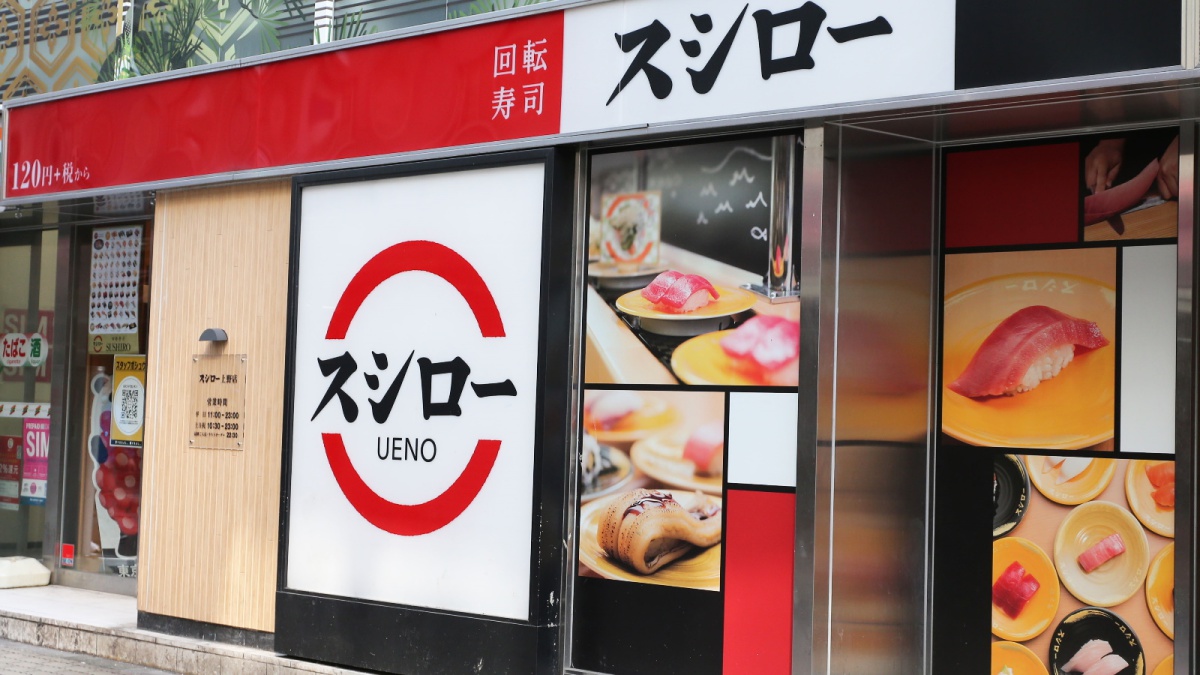
Sushiro Hikonewai-cho
Sushi restaurant in Shiga [SUSHILIVE comment] -


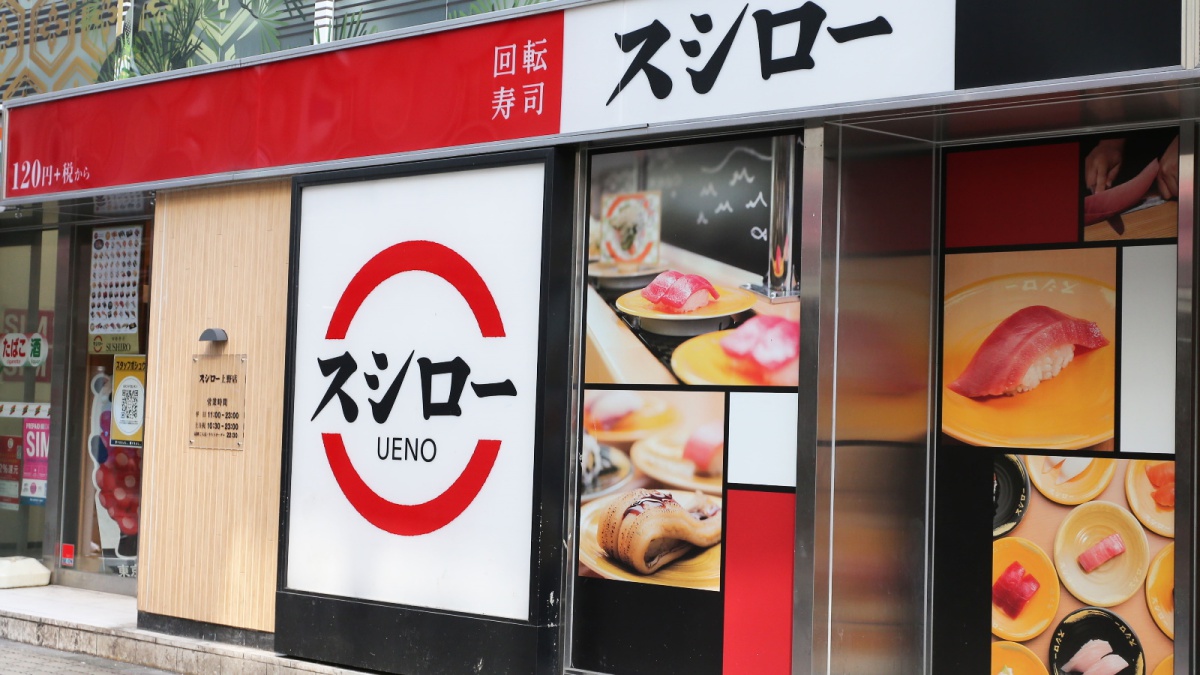
Sushiro guardian mountain
Sushi restaurant in Shiga [SUSHILIVE comment] -


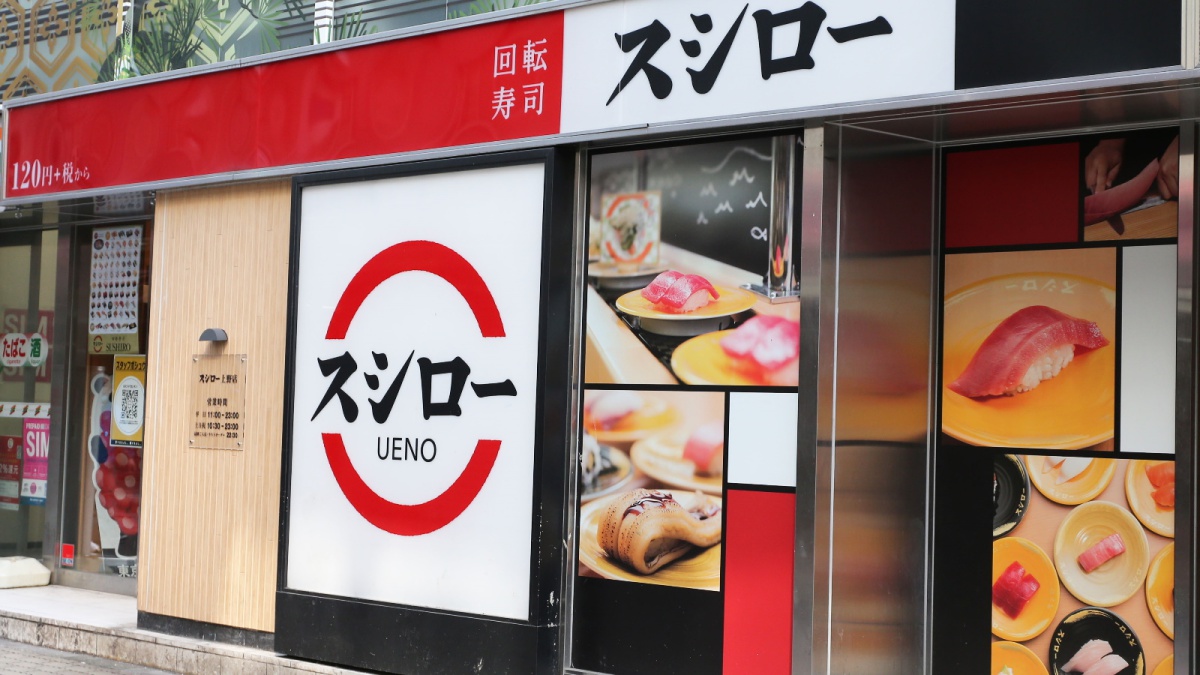
Sushiro Ritto Kogaki
Sushi restaurant in Shiga [SUSHILIVE comment] -


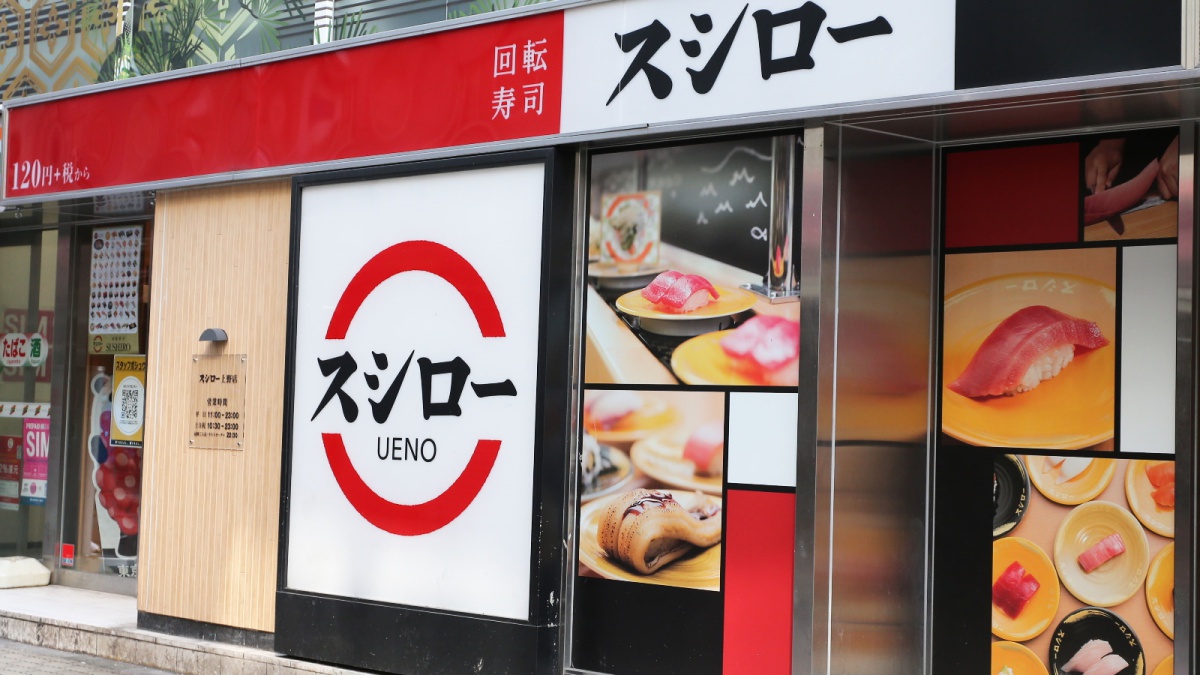
Sushiro Hikone Anshoku
Sushi restaurant in Shiga [SUSHILIVE comment] -


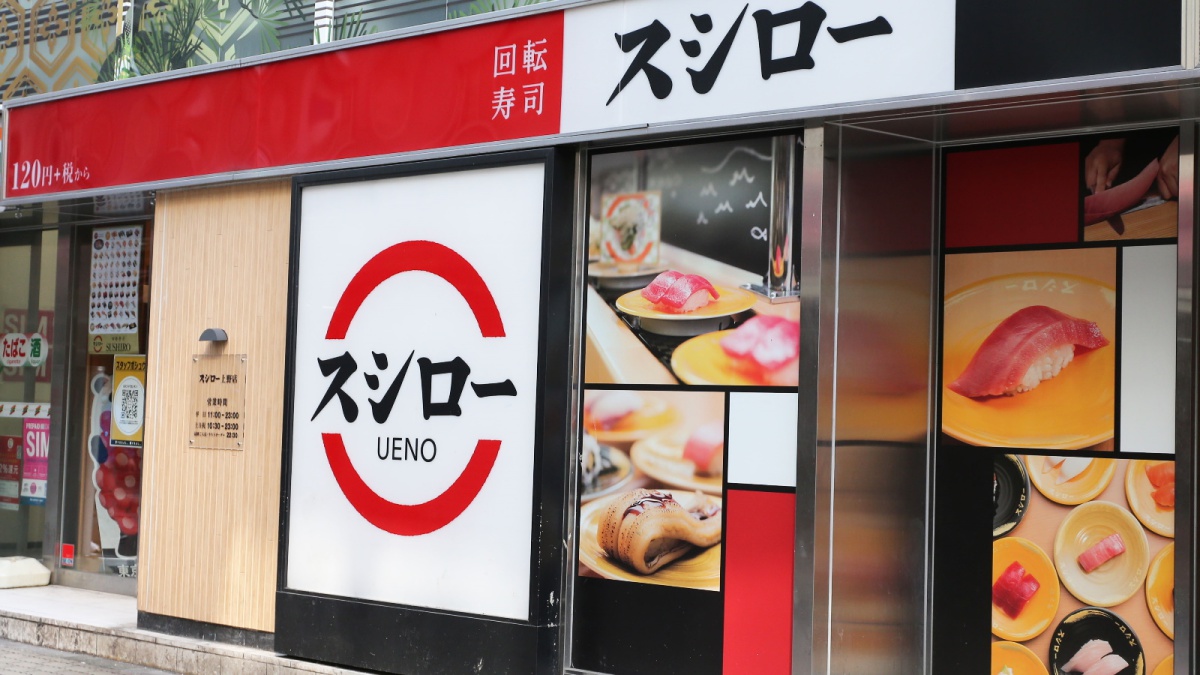
Sushiro Omi Hachiman (1881-1953), Japanese military leader
Sushi restaurant in Shiga [SUSHILIVE comment] -


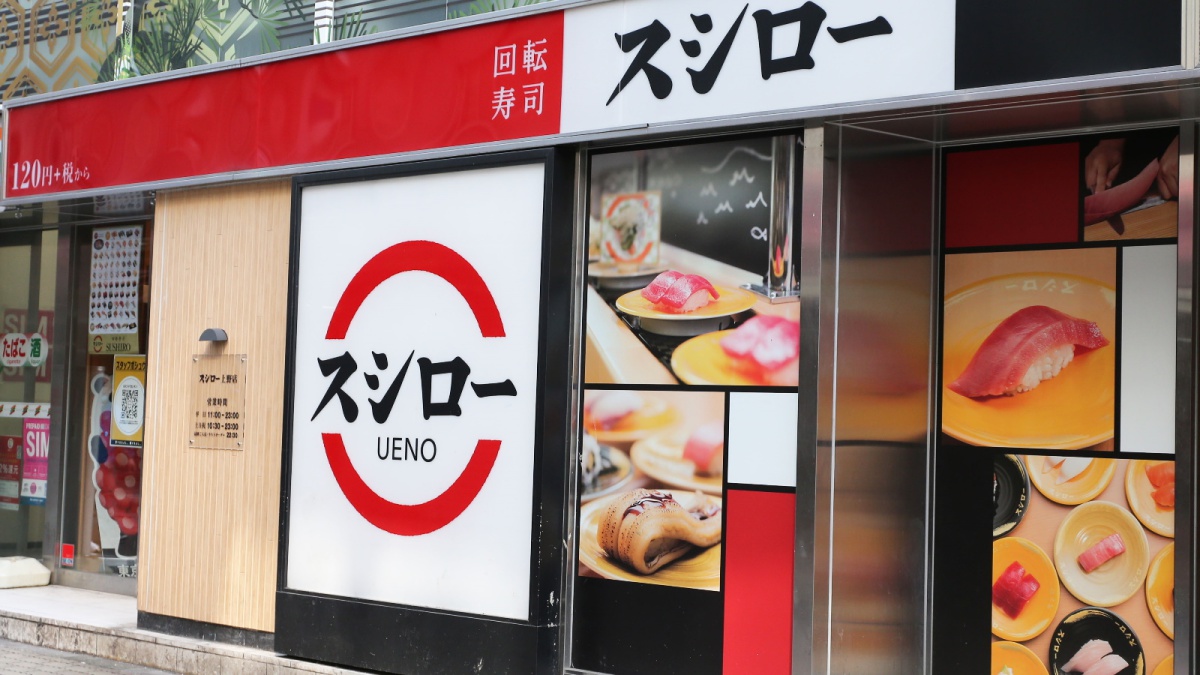
Sushiro long beach
Sushi restaurant in Shiga [SUSHILIVE comment] -


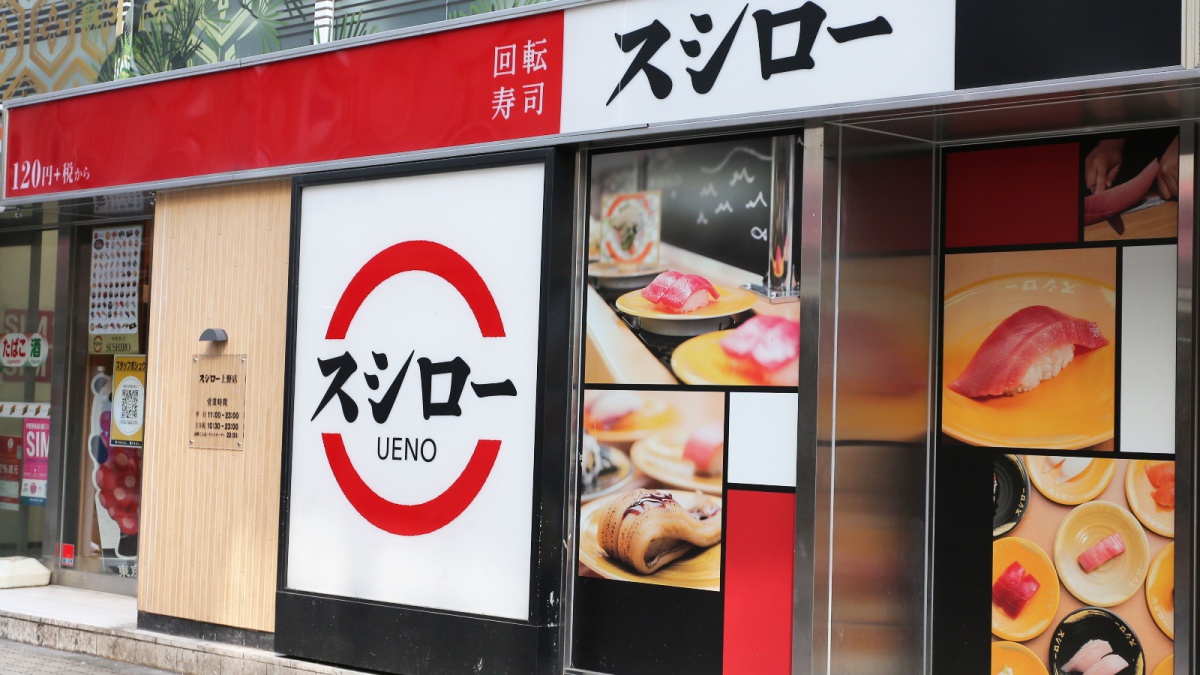
Sushiro field of early-blooming (or ripening) rice
Sushi restaurant in Shiga [SUSHILIVE comment] -


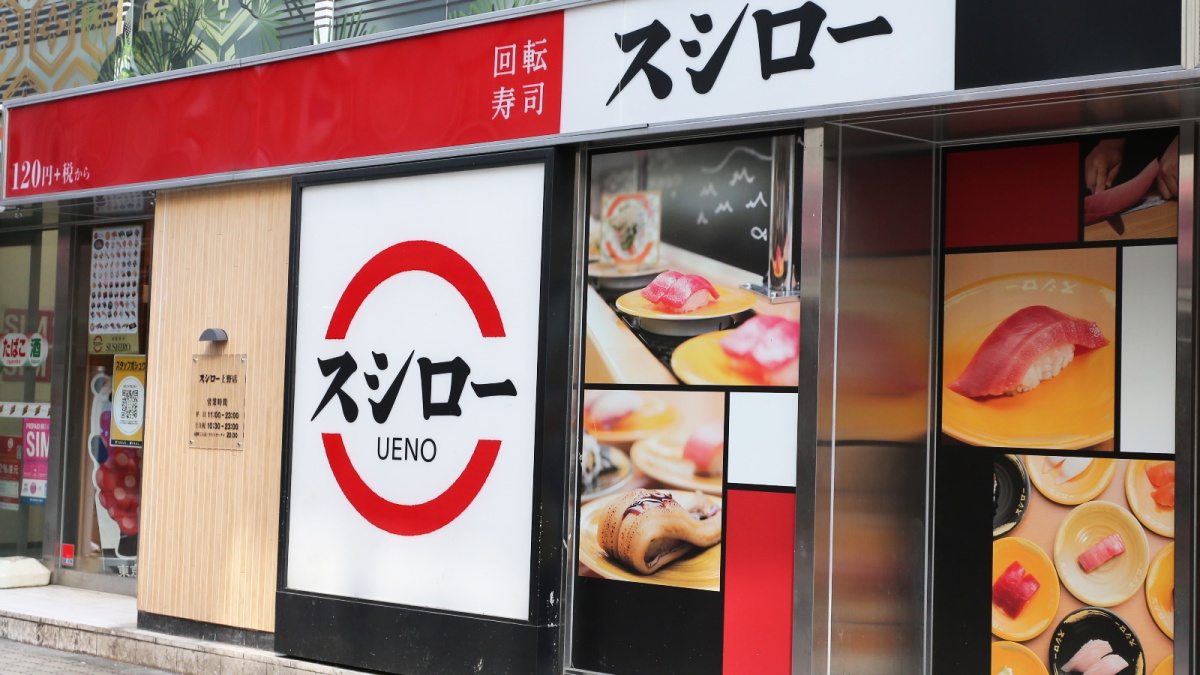
Sushiro Nishidazu, capital of Japan (Tw)
Sushi restaurant in Shiga [SUSHILIVE comment] -


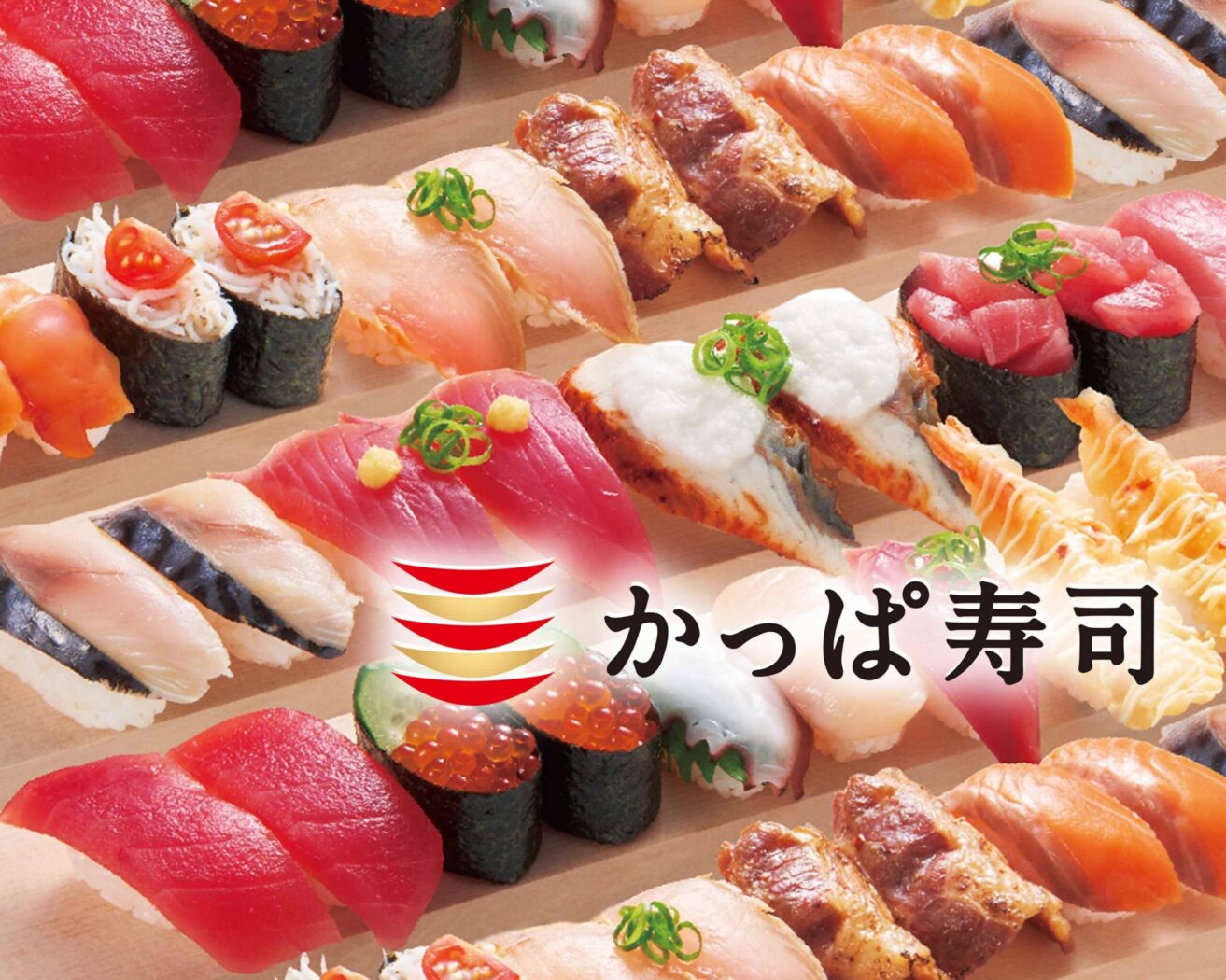
Kappa sushi Nitori Otsuo Hanagawa
Sushi restaurant in Shiga [SUSHILIVE comment] -


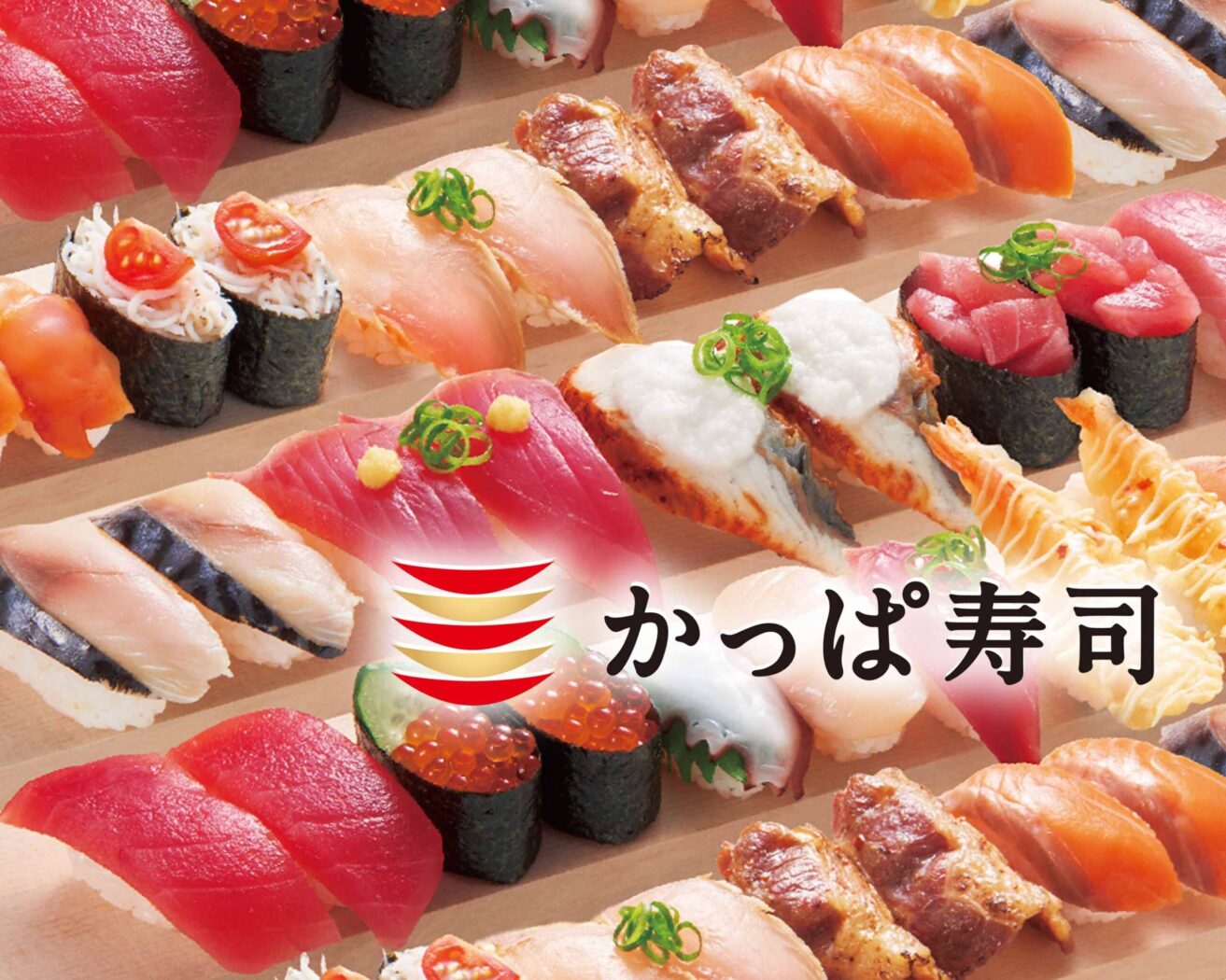
Kappa sushi Nagahama Store
Sushi restaurant in Shiga [SUSHILIVE comment] -


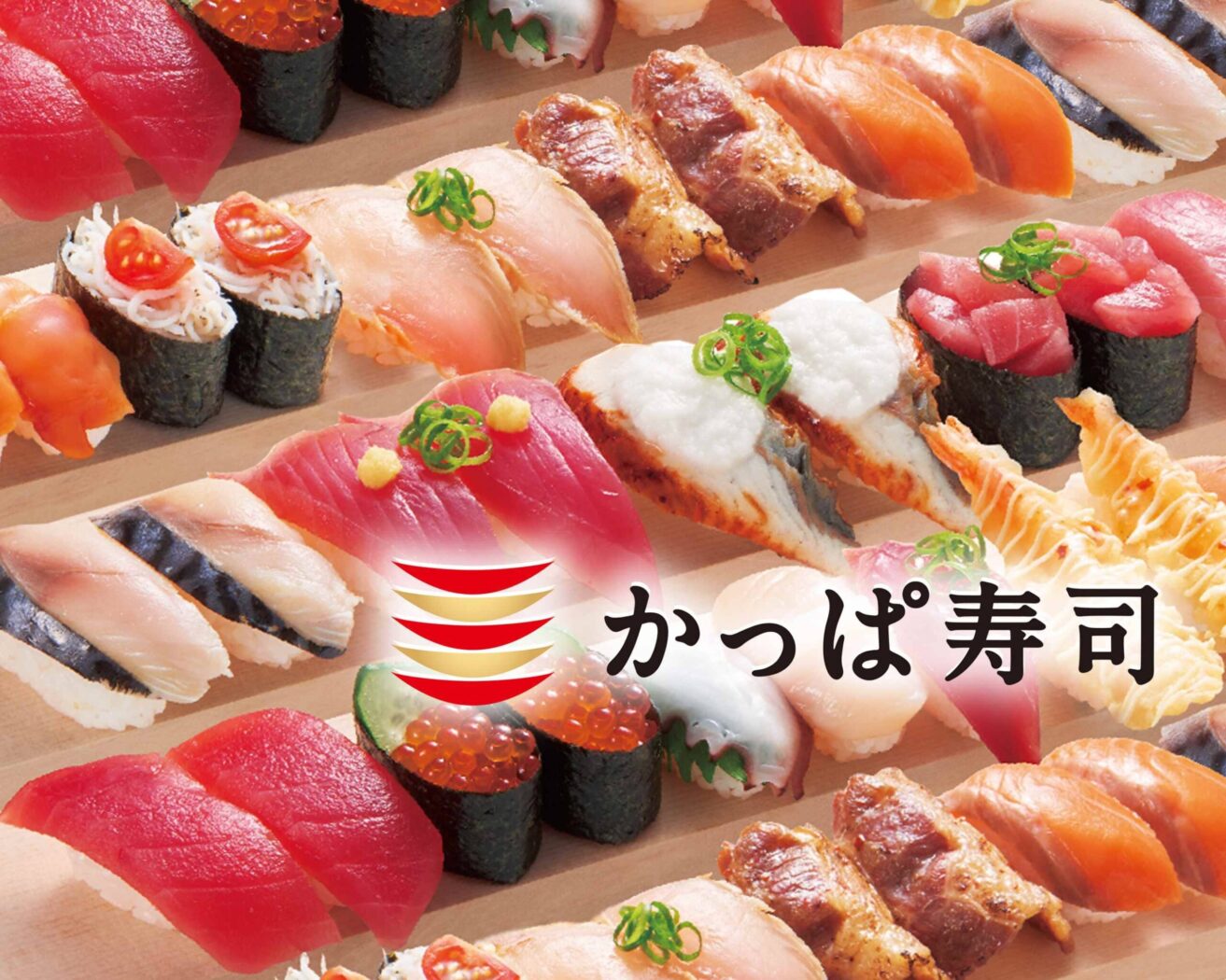
Kappa sushi Nitori Yatsukaichi
Sushi restaurant in Shiga [SUSHILIVE comment]
Characteristics of Shiga’s Cuisine
The Bounty of Lakes and Mountains: The Culinary Palette of Shiga
Shiga Prefecture, graced by Lake Biwa, Japan’s largest lake, and surrounded by mountains such as the Suzuka Mountain Range, is a land rich in natural beauty. This blessed natural environment has nurtured a diverse range of flora and fauna from ancient times, supporting the food culture of Shiga. In Lake Biwa, a wide variety of seafood, including crucian carp, carp, sweetfish, and smelt, are caught. Crucian carp, in particular, has been deeply ingrained in the lives of the people since ancient times, as seen in “funazushi,” a traditional fermented food of Shiga. Additionally, in the mountainous areas, there is an abundance of wild game such as boar and deer, as well as mountain vegetables and mushrooms.
These gifts of nature are also featured in various forms of sushi. For instance, pressed sushi using crucian carp and sweetfish caught in Lake Biwa, and creative sushi variations of funazushi are popular. Sushi using mountain delicacies, such as meat sushi from game and roll sushi with wild vegetables and mushrooms, also offer various variations.
The Culinary Culture Woven from History and Culture
Shiga Prefecture has thrived as a central region of Kinai (the area surrounding Kyoto and Nara) since ancient times. Throughout its history, various cultures and dietary habits have intermingled, forming a unique food culture. For example, the influence of Omi merchants brought ingredients and dishes from all over Japan to Shiga. During the Edo period, luxury ingredients like Omi beef and funazushi were presented to the Kyoto Imperial Palace. This historical backdrop has given Shiga’s food culture a depth of flavor that fuses traditional and new elements. In terms of sushi, this includes not only traditional pressed and rolled sushi but also modern creative sushi.
Traditional Local Cuisine
Due to its vast area with various terrains and climates, Shiga has developed distinct food cultures in different regions. For example, in areas around Lake Biwa, seafood dishes are prevalent. In contrast, in mountainous areas, dishes featuring mountain delicacies are central. In Omihachiman City, a thick roll sushi known as “Hachiman roll” is famous. Thus, the regional differences in food culture are one of the pleasures of traveling in Shiga. Regarding sushi, different regions offer various types, such as sushi with crucian carp and sweetfish near Lake Biwa and sushi with game and mountain vegetables in mountainous areas.
Shiga and Sushi
The sushi culture of Shiga Prefecture has been passed down since ancient times, tracing back to the Nara period. Back then, the main form of sushi was “narezushi,” where fish like crucian carp was salted for preservation and eaten with rice. Later, in the Edo period, Omi merchants played a role in spreading sushi across the country. Funazushi, a traditional local dish of Shiga, is made by fermenting salted crucian carp from Lake Biwa with rice, resulting in a unique sour and savory flavor that represents Shiga’s sushi culture. Omi sushi, a pressed sushi loved in Shiga since the Edo period, is a type of box sushi where vinegar rice is mixed and pressed with various ingredients. Depending on the season, ingredients like crucian carp, mackerel, salmon, and shrimp are commonly used. In recent years, shops offering modern sushi have been increasing in Shiga. You can enjoy various styles of sushi, including creative sushi using local ingredients and Edomae (Tokyo-style) sushi. Shiga Prefecture also endeavors to preserve its traditional sushi culture through various initiatives, such as funazushi making experiences and Omi sushi classes, providing opportunities for people to engage with sushi culture. Shiga is not only famous as a producer of ingredients used in sushi, such as rice and seafood, but also as a place where history and culture thrive around Lake Biwa. Blessed with a rich natural environment, it is a treasure trove of delicious ingredients. The characteristics of sushi in Shiga include:
- A wealth of sushi using seafood caught in Lake Biwa
- Unique sushi such as funazushi specific to Shiga
- Delicious shari (sushi rice) made with Omi rice
Recently, the number of sushi restaurants has increased in Shiga, offering a variety of sushi types. Around Lake Biwa, there are also many shops serving sushi with lake fish, allowing for a unique sushi experience in Shiga.
Shiga’s Specialty Products
Shiga boasts numerous specialty products essential for sushi. Firstly, Omi rice is one of Japan’s three most famous rice brands, known for its plump texture and refined sweetness, perfect for sushi rice. Funazushi, a traditional fermented food of Shiga, is cherished for its unique flavor and savory taste, serving as a delicacy and accompaniment to sake. In addition, Shiga is rich in specialty products suitable for sushi, such as crucian carp and sweetfish from Lake Biwa, Omi beef, and funazushi.
The Future of Shiga
Shiga’s food culture has been nurtured by its abundant natural environment and its history and culture. However, in recent years, it faces the challenge of preserving its traditional food culture due to social issues such as population decline and aging. To overcome these challenges, Shiga is undertaking various initiatives, such as hosting cooking classes and events using local ingredients and promoting the inheritance of traditional food culture. Through these efforts, Shiga’s food culture will continue to be preserved and developed into the future.

